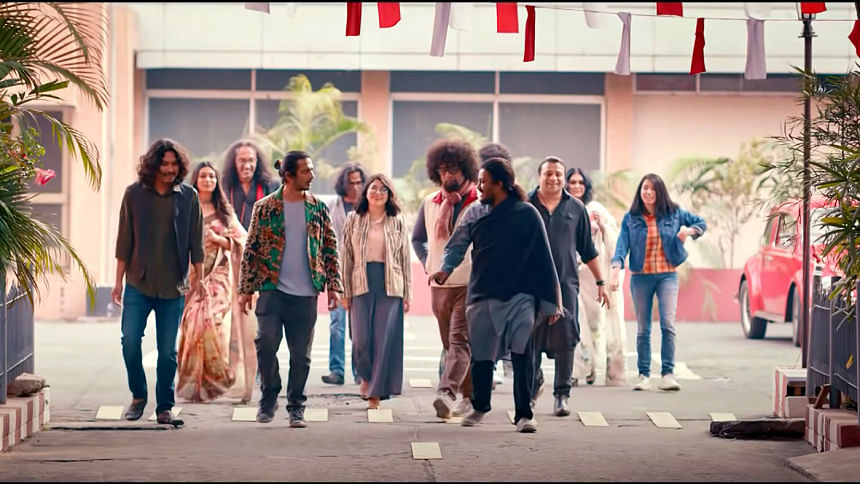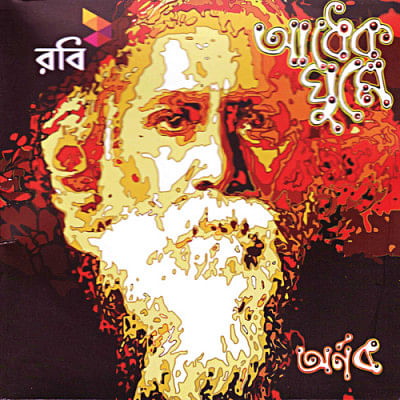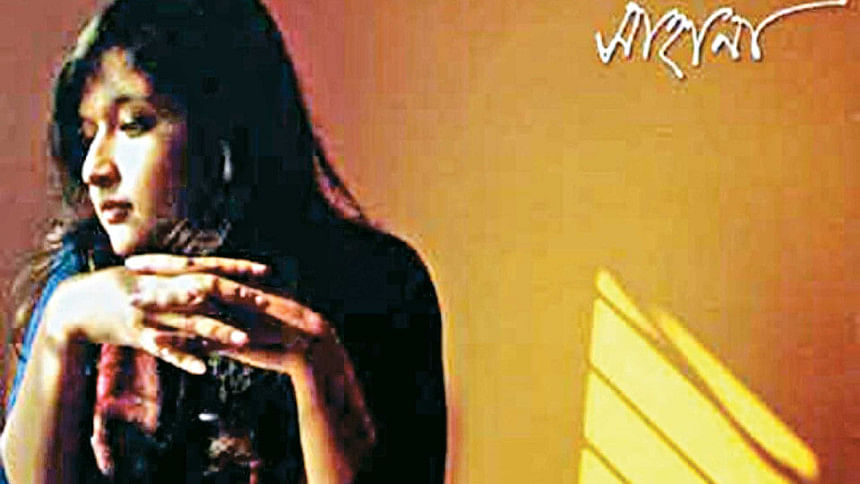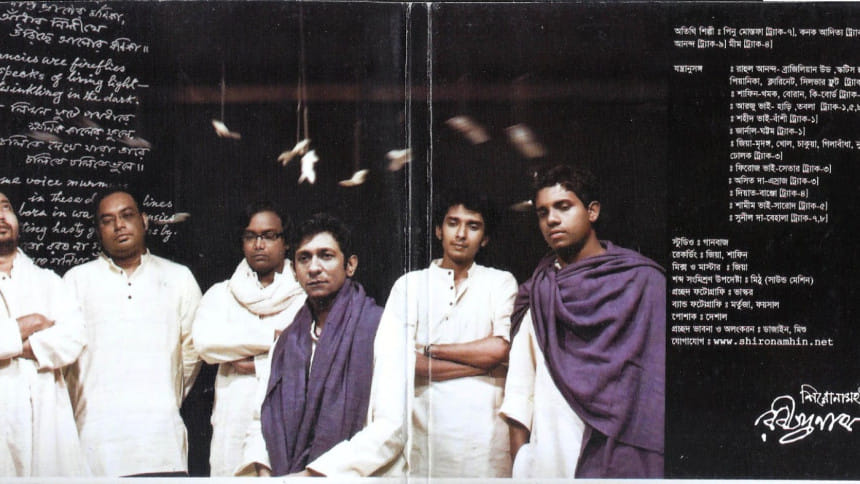Reinterpreting Rabindra Sangeet to a new generation


Rabindra Sangeet exponent Sadi Mohammad was one of my father's favourite singers -- so much so that when I was born, I became his namesake. Today is Rabindra Jayanti, the birth anniversary of the Kabi Guru, and also the day that my father reminds me of my 'origin story'.
I was in the 7th grade when I enrolled in a music school, in their Rabindra Sangeet department. Initially excited by the opportunity, it took me just a few months to realise that I hated everything about the genre, or so I thought.
12 years later, I was recording my own version of 'Ekla Cholo Re' in the studio, which became one of my most listened to releases.
What changed over the years was the fact that I learned that the rigidity, lack of individuality, and restrictions in the way that it was taught, in fact, not the essence of the Kabi Guru that I manifested from when I was little.

"Notun Kore Pabo Bole", an album by Sahana Bajpaie, had me wanting to relish every second of the melodious overhaul that Shayan Chowdhury Arnob had designed.
As time went on, I started looking into Arnob's entire discography, where he seamlessly integrates his Shantiniketan background in not only his renditions, but also much of his original work.
Coke Studio Bangla also took advantage of Arnob's strength as a conveyor of Rabindra sangeet, using "Ekla Cholo Re" as the promo for its first season.
The fact that an entire generation has been roped into Rabindra Sangeet by modern artistes and their renditions – from Somlata's energetic rendition of "Mayabono Biharini" to Shironamhin dedicating an entire album to Rabindranath – is not talked about as much as it should be.

For many, these artistes are the reason many can train their ears to fully appreciate the purity brought forth by legends like Rezwana Choudhury Bannya, Sadi Mohammad, Papia Sarwar, Aditi Mohsin, and Mita Haq.
Some purists denounce the fact that newer artistes employ their creativity to make their own versions of Tagore's classics- fusion, as they say -- but forget that the Kabi Guru himself was a genius when it came to fusion.
Tagore, in his autobiography, speaks of a book of Irish melodies that he read when he was younger. Many of his songs are influenced by western music, including "Ami Chini Go Tomare", "Anondoloke", "Pran Chay Chakkhu Na Chay" and "Jagat Jure Udar Sure". Many contain the tonal colour of classical ragas, fused with his own mystic experiences from all over the world.
Today, a time where streaming is the de-facto method of listening to music all over the world, sites like Spotify and Apple Music's biggest traffic producers for Bangla music are playlists for Rabindra Sangeet – where new releases are being added every day.
International audiences, who have not the faintest clue about our language, discover our Kabi Guru every day through newer artistes, before moving on to classics. Sometimes, it happens the other way round as well.

As we speak, my headphones play "Kar Milono Chao Birohi", a masterful rendition by Ustad Rashid Khan. Cued in the playlist is a fusion made by talented artiste Avishek Bhattacharjee, on the same song. The beauty of Rabindra Sangeet, in my opinion, lies in both.
The author is a journalist and vocalist of Old Dhaka Diaries.

 For all latest news, follow The Daily Star's Google News channel.
For all latest news, follow The Daily Star's Google News channel. 



Comments